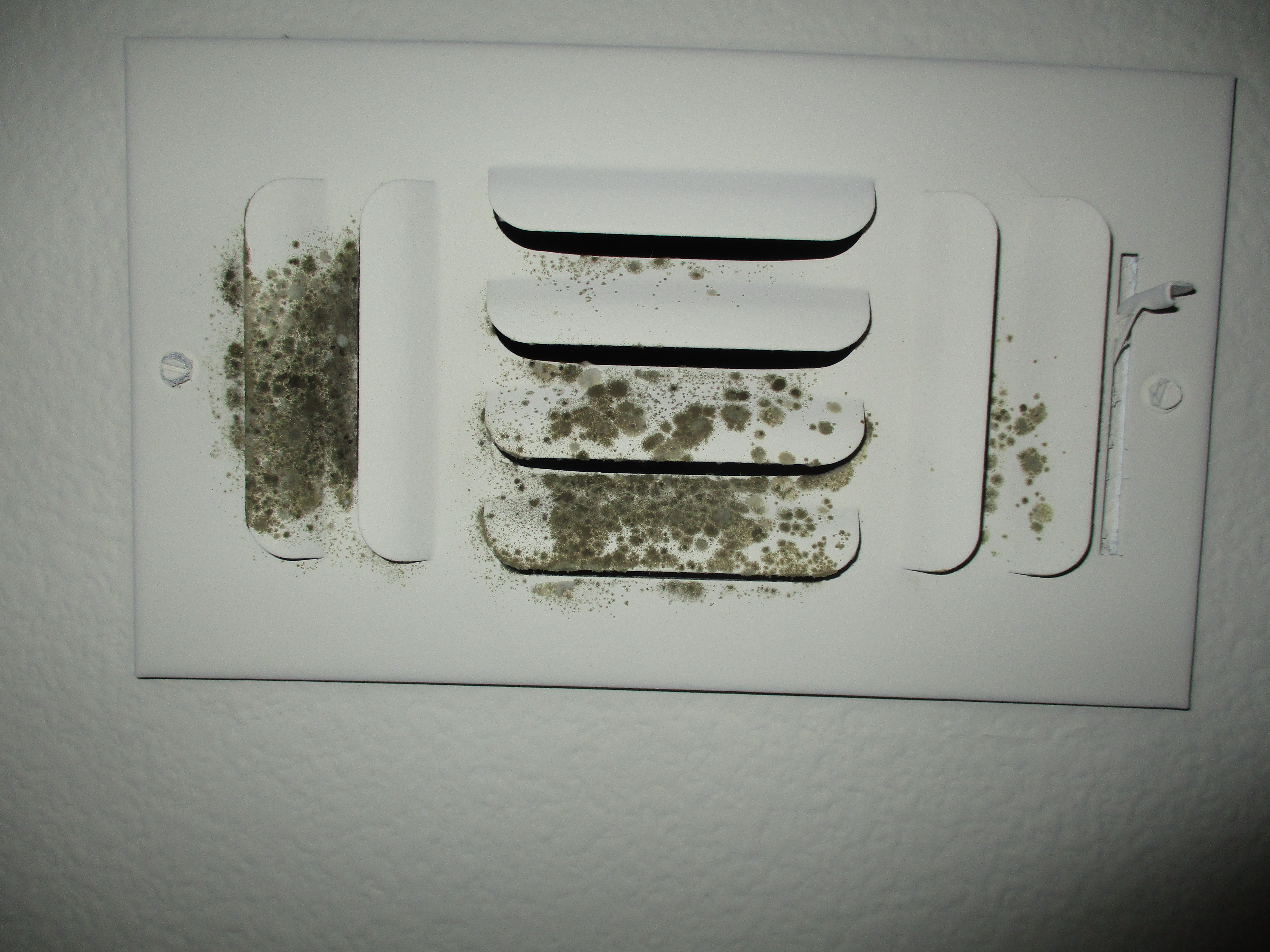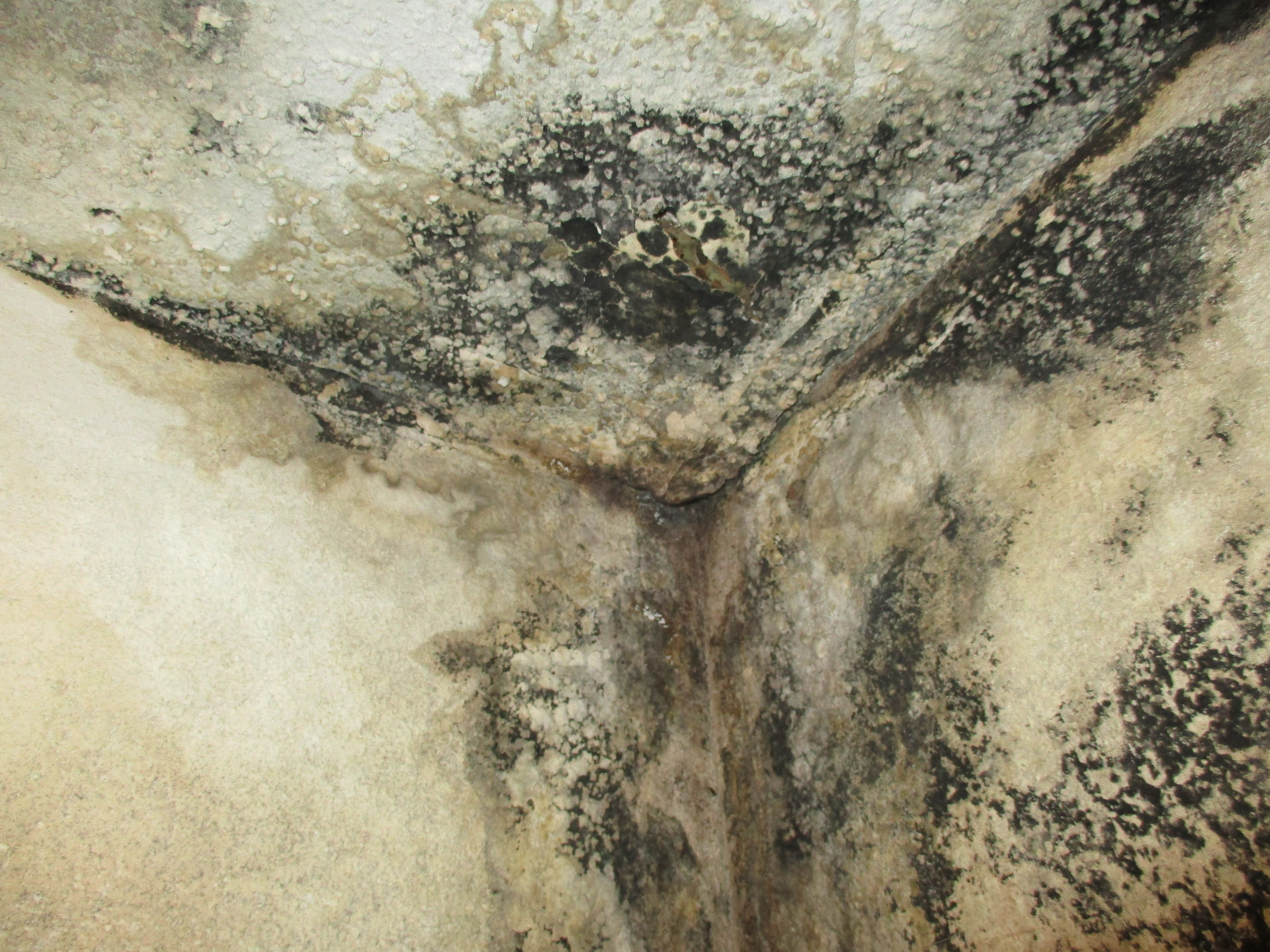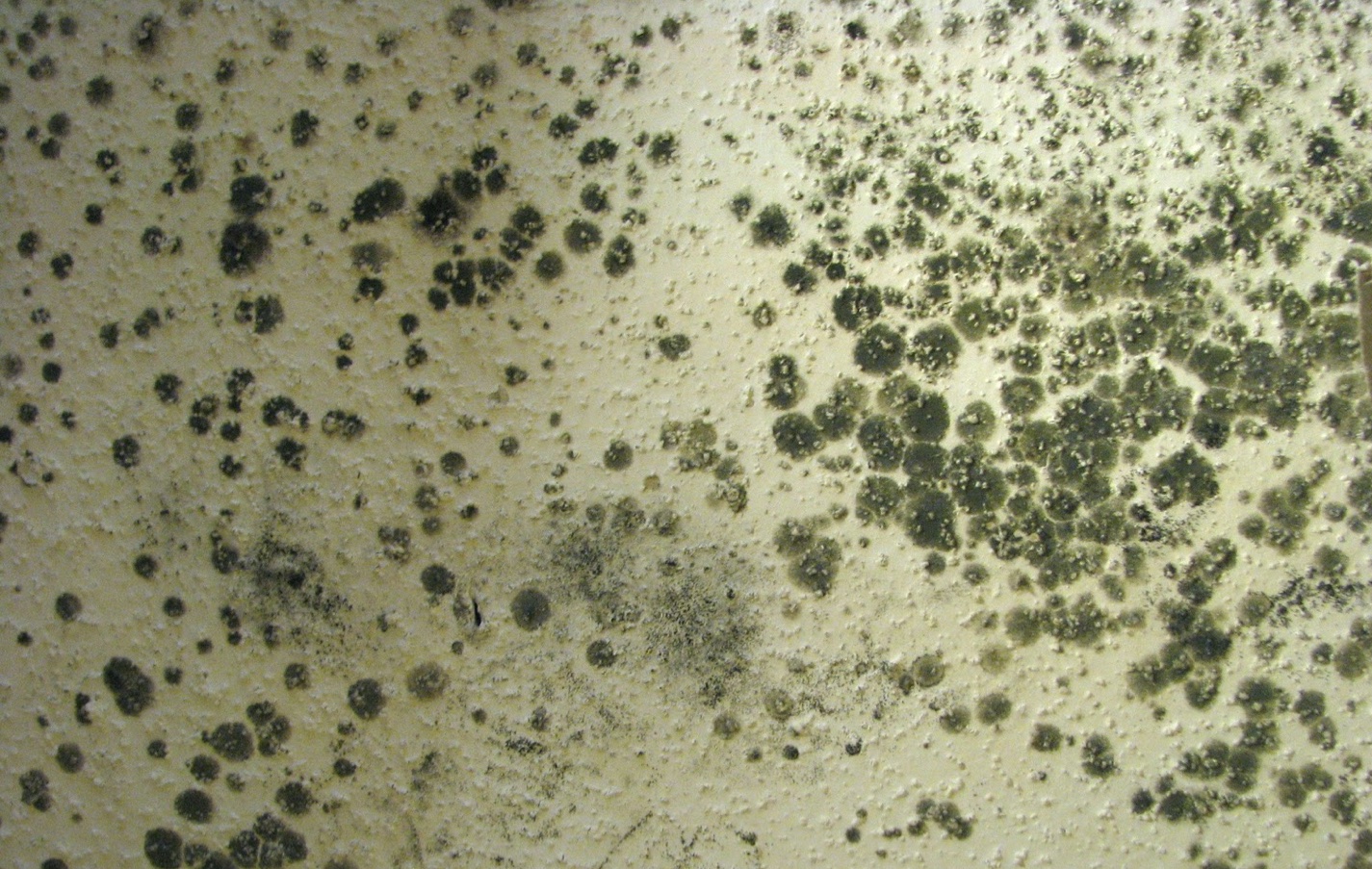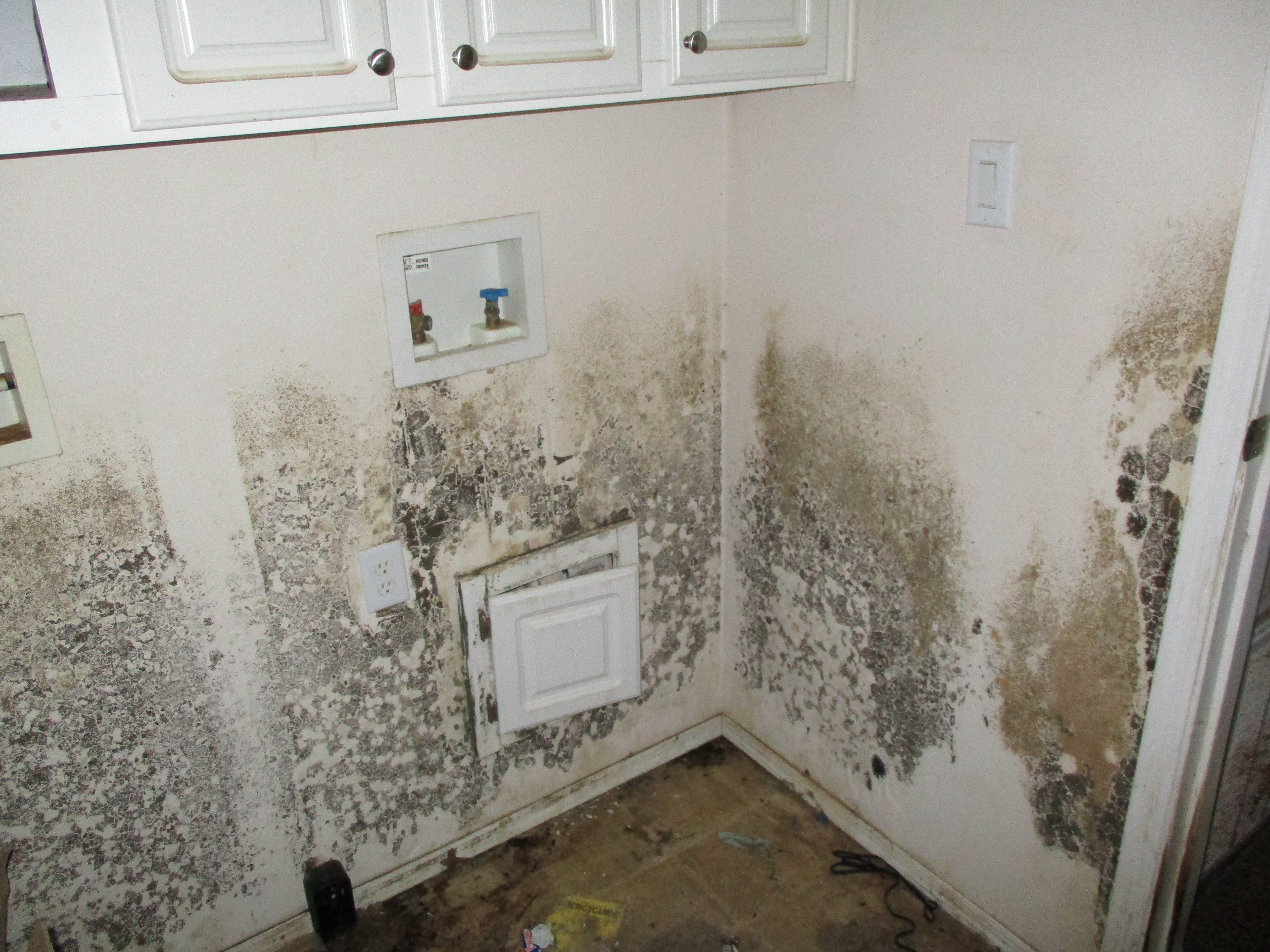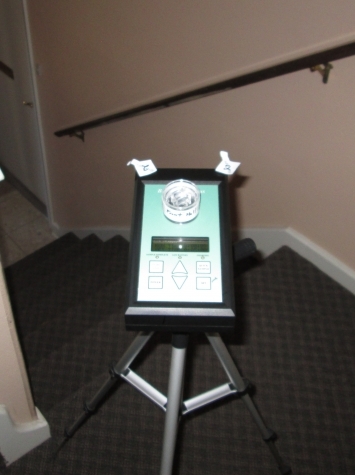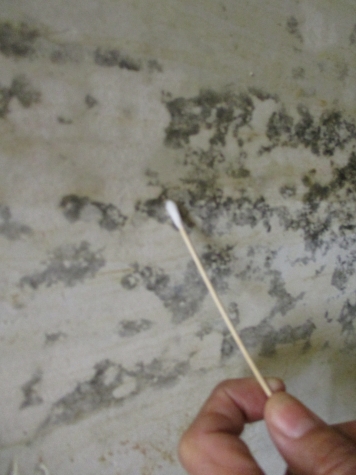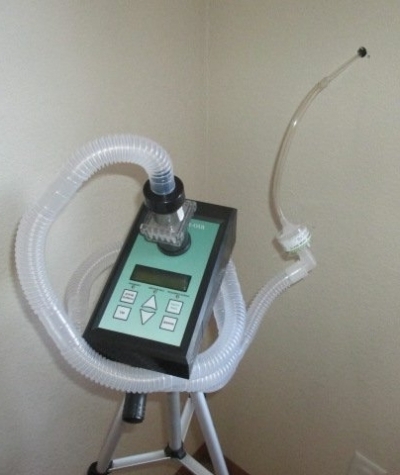Mold Inspection and Assessment
Mold, if untreated, can become very devastating and detrimental to the structural integrity of your property, and your overall health and well-being as well. Many mold issues occur as a result of an unknown water intrusion, or improper ventilation in areas where water or humidity is present… Find the water, find the mold.
We perform a full visual inspection of the property, including specific areas of concern to the client and general areas that could potentially have mold growth. The assessor will also obtain pictures for documentation of visual conditions. Moisture measurements are made where we suspect water intrusion.
Common inspections areas include locations where water could have entered the building to cause moisture in building materials such as:
• Any location with plumbing fixtures, especially Kitchens, Bathrooms and Utility Rooms
• Around Windows/Doors
• Exterior Walls
• HVAC supply vents and ducts
• Crawlspaces
• Attics
After the visual inspection of the property, the assessor will provide recommendations, if needed, for samples to identify any mold types present and quantify the amount of contamination. Types of samples include:
• Air Sample – This is collected by an air pump creating air flow at a rate of 15 liters per minute (lpm) for 5-10 minutes through a spore trap that collects any particles in the air to give exact spore counts and concentrations. Air samples are typically collected at a height of Five feet above the floor, to simulate the typical breathing zone. Because there are no regulatory standards to compare against our indoor sample results, we must also collect an outside control sample for comparison. If an inside sample shows mold spores at a concentration elevated above the outside control sample, there is most likely an indoor source. Indoor/outdoor comparisons are made both for the total spore count and for each individual genus of mold.
• Surface Sample – This is collected by using a cotton swab or tape lift to collect visible growth or discoloration from any surface. This sample can identify the mold genus and relative amount (trace – extensive) of any observed growth. This can also help determine the source of any airborne levels of mold spores.
• Cavity Sample – While less common, this is collected with the same air pump, but utilizes a tube to extract a sample from within walls. These are collected when a wall shows signs of visual damage or moisture elevations are detected. Cavity samples allow detection of mold within the walls to determine if mold may be hidden inside the wall.
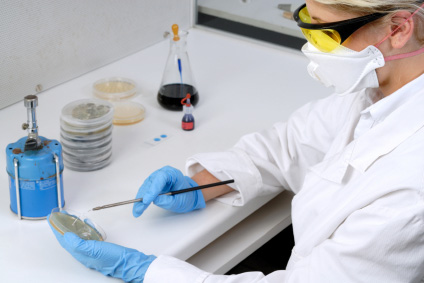
Once samples are collected, they are then submitted to a State Licensed Mold Laboratory for analysis. Turnaround time is typically two business days, but can be expedited for an additional cost, depending on customer preference. Once we receive the lab results, we send to the customer for review and discussion with the assessor to answer any additional questions.
If there is no mold contamination identified, a general findings report is provided stating that elevated mold conditions were not found to exist.
In addition to providing the laboratory report, the assessor will write a formal assessment which provides the following:
• Brief description of the property
• Explanation of any visible mold observed on the property
• Pictures taken during the inspection and acquisition of samples
• Detailed explanation of samples taken
• Lab results with the genera and concentrations found within the samples
• Recommendations on what subsequent steps should be taken, based on the findings.
If remediation is needed, our assessor will also generate a written protocol that explicitly details proper remediation procedures.
The customer is at liberty to hire any remediation company they choose. We are happy to provide remediation company referrals as requested as well. Once remediation has been performed, our assessor can return at the customer’s request to perform a post-remediation clearance test.
Clearance testing is done by visually inspecting all affected areas and taking additional air samples from within any containment areas (and one outside, for control), to make sure the air has returned to normal. This must be done before the rebuild process so that we can confirm that all mold contamination has been removed.
Once the Clearance Test passes, the remediation company then issues a Certificate of Mold Damage Remediation which will be signed by both the Mold Remediation Contractor and the Mold Assessment Consultant. This document may be presented to insurance companies, mortgage companies and potential buyers of the property. It should be carefully protected as part of the records pertaining to the property.
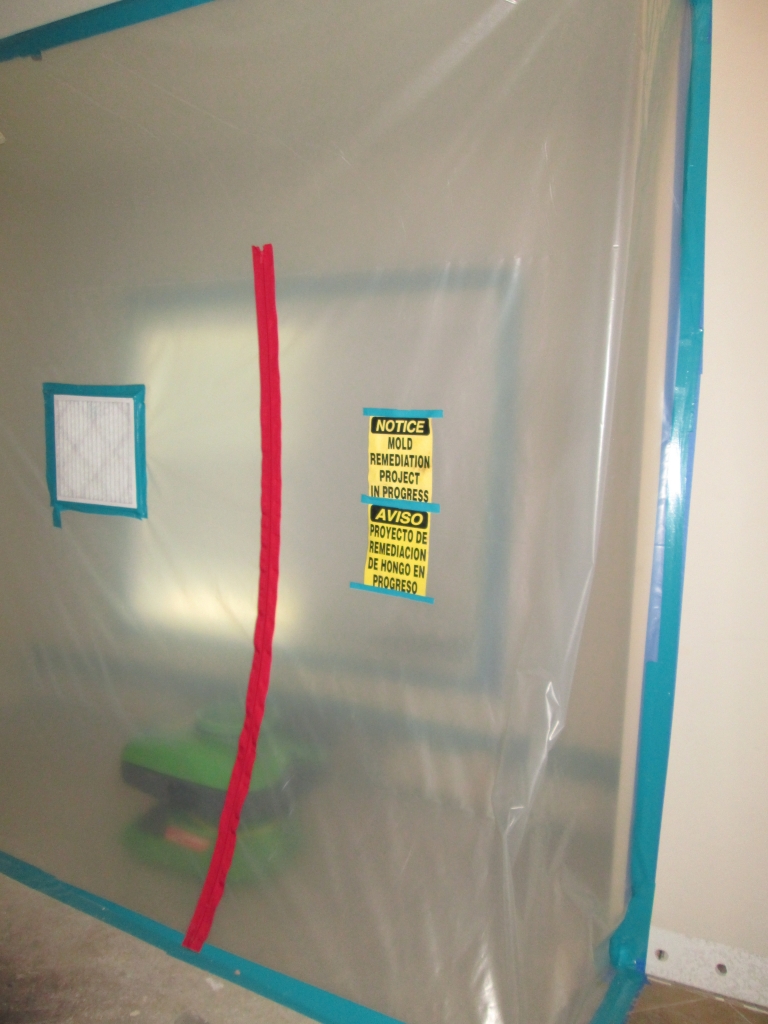
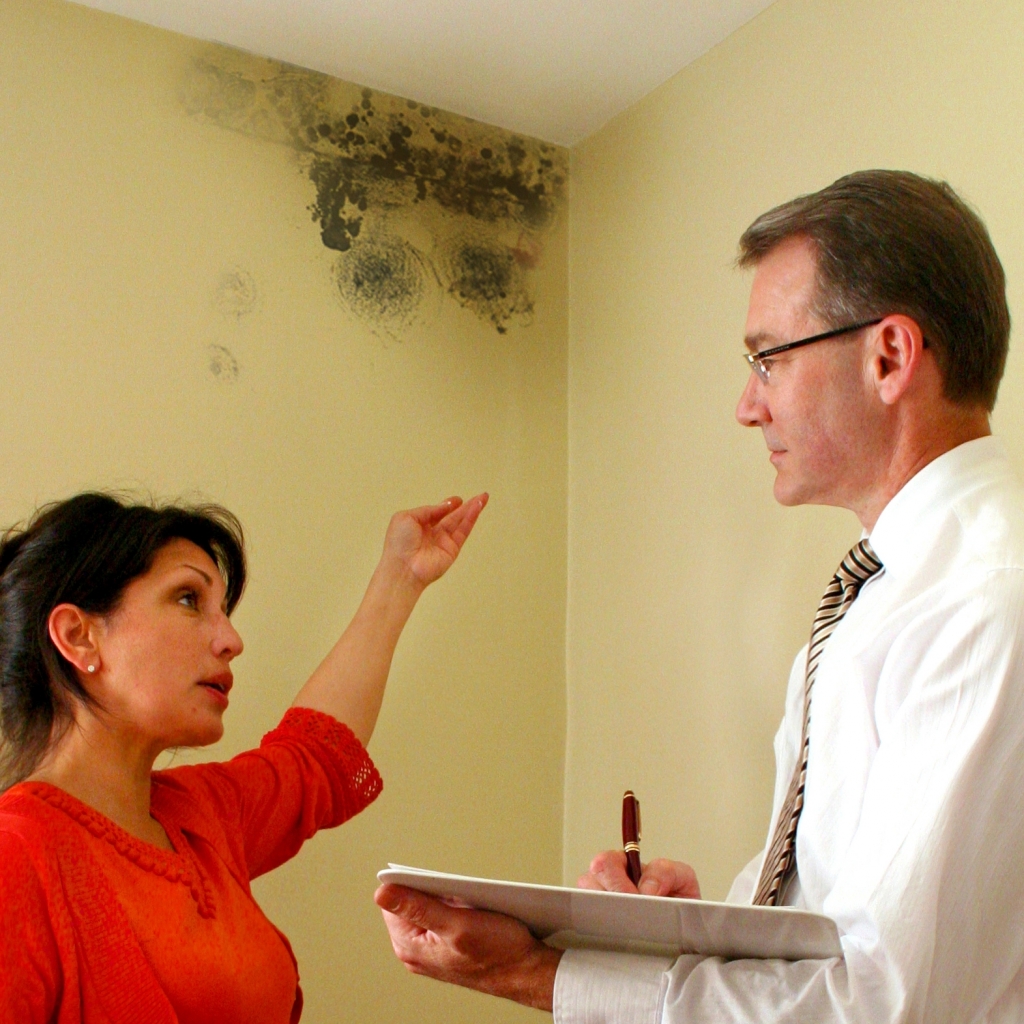
Here is a quick recap for how our process works:
1. Call to Schedule an Appointment
2. Visual Assessment of Property
3. Air and Surface Sample Collection (As needed After Client Approval)
4. Samples Sent to a State Licensed Mold Laboratory for Analysis
5. Client and Assessor Receive Lab Results
6. Assessor Provides Client with Written Assessment (and Detailed Remediation Protocol, If Necessary)
7. Remediation is Performed by a Remediation Company (If Necessary, As Hired by Client)
8. Assessor will Perform a Post-Remediation Clearance Inspection and Obtain Samples to Confirm Successful Remediation
9. Upon Successful Competition of Remediation, the Client is provided a Certificate of Mold Damage Remediation (CMDR).

